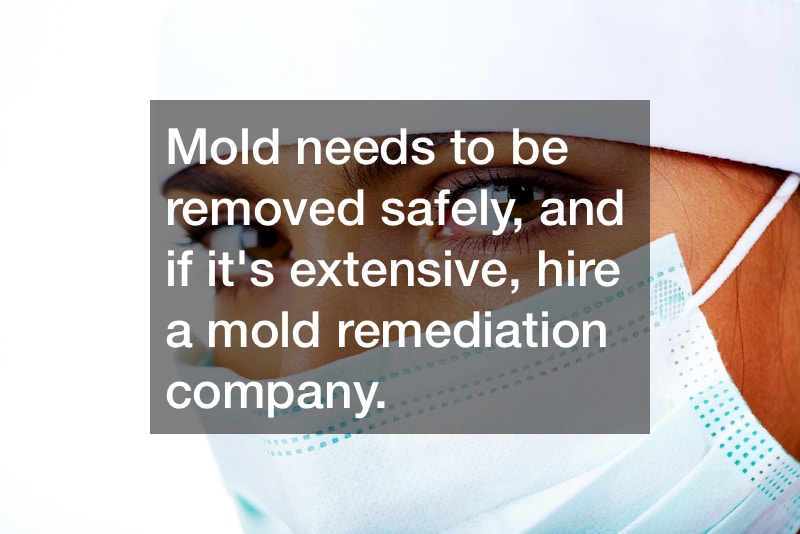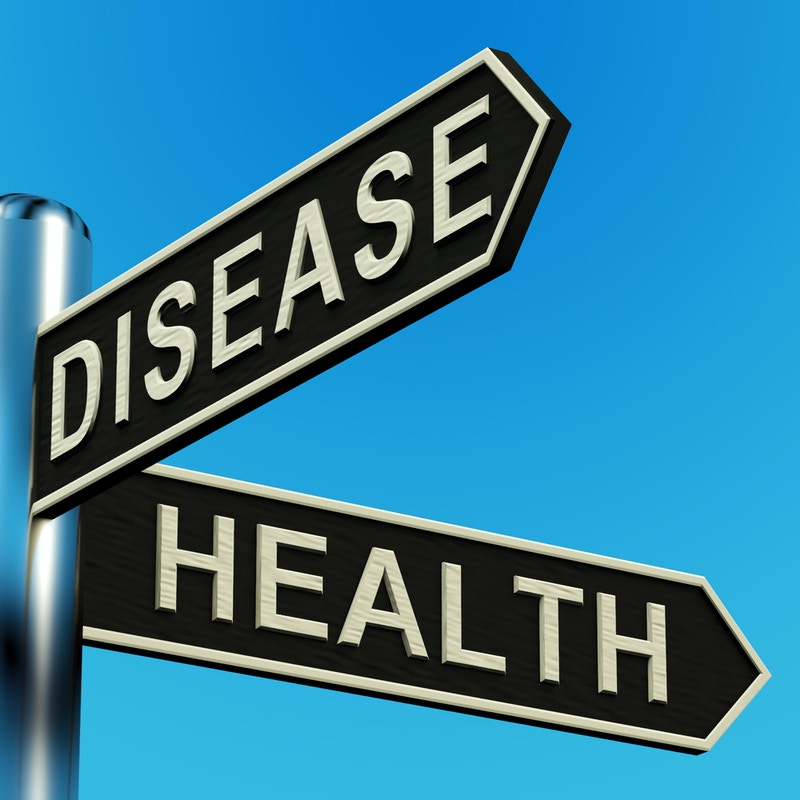
That fuzzy black, green, gray, or white gunk growing in your bathroom or kitchen is actually mold. Mold grows in damp areas on surfaces such as cardboard, wood, fabrics, tiles, and even food. Mold needs to be removed safely, and if it’s extensive, hire a mold remediation company.

Eliminate small amounts by combining water with bleach or hydrogen peroxide or using undiluted vinegar. Clean and green mold remediation uses environmentally friendly substances that remove mold and prevents it from recurring.
Wondering how to treat mold behind baseboards? When water gets under the baseboards, it doesn’t dry quickly, allowing mold to form. Wear protective gear, remove the baseboards, and clean up the area using the substances mentioned above. You’ll need to address the source of water to prevent mold from growing again.
Mold around outlets isn’t uncommon. Turn off the electricity and remove the outlet. Clean the moldy area and allow it to air dry. Find out where moisture is coming from to stop the mold from recurring. If you come across extensive mold, hire a reputable mold removal company to eliminate it safely and prevent it from growing back.
Mold: What You Need to Know

Sometimes you see it, sometimes you don’t. You see mold sometimes on shower curtains or bathroom tiles and quickly clean off the unsightly mess. But mold can also grow in carpets, behind drywall, and in basements, where is is difficult or impossible to see. In such cases, it can only be detected by monitoring air quality. Mold is one of the most significant threats to health, as listed by the Environmental Protection Agency (EPA). All homeowners should be aware of measures they can take to prevent mold in a home. Mold testing and inspections can help to prevent serious health problems, especially in a family with young children or pets.
Mold: where and how it grows
The one essential thing that’s needed for mold to develop is moisture. Any areas with excess moisture – showers, basements, kitchens and especially kitchen sinks, carpets where dirt and water are tracked in – are the most likely trouble spots. The HVAC system and all docks should also be kept clean and dry to prevent mold.
Around one-third to half of all building structures in the U.S. – residential or commercial – provide the damp conditions that can lead to the buildup of biological pollutants. Besides moisture, molds need warmer temperatures, from normal indoor levels and up. Most types cannot grow when the temperatures fall below 40F or go above 100F. Controlling and reducing moisture is one of the best ways to prevent mold in a home.
Molds are health hazards because they contain toxic substances called mycotoxins. At least 200 types of mycotoxins are known and more may be discovered. Because of the prevalence of mold, an estimated 131 million Americans breathe low-quality indoor air on a regular basis, according to the National Resources Defense Council (NRDC).
Mold is a health hazard
One of the signs that your home may have mold is that family members and residents begin to experience inexplicable health problems. Mold symptoms include breathing problems, dizziness, headaches and tiredness. Asthma sufferers in particular can have their breathing problems exacerbated by the presence of mold in the environment. Asthma is the leading chronic health problem among children, and the sixth most frequent chronic health problem nationwide.
The presence of mold and other indoor air pollutants like spores, dust, allergens, and other particles means that indoor air quality can be worse – from two to five time worse – than the worst outside air pollution. This becomes a problem because most people spend around 90% of their time indoors. This means that they are constantly exposed to indoor air pollutants. Older people spend up to 19 or 20 hours a day indoors, making them all the more vulnerable. All of this explains why the EPA ranks indoor air pollution as one of the top five environmental dangers, and why all homeowners should know how to prevent mould in a home.
How to prevent mold in a home
Given the potential health problems, the importance of checking for mold and monitoring air quality cannot be overstated. Regular mold inspections are essential to detect mold in hidden locations. Some mold can be easily cleaned by wiping it off with a home-made cleaner that uses baking soda. For more stubborn problems, professional mold remediation may be necessary.
Since moisture is essential for the growth of mold, the best way to prevent mold in a home is to keep it dry and well ventilated. This is especially true of bathrooms, kitchens and basements. Mud rooms and shoes can also develop mold they are not kept clean and well aired. Basements should be waterproofed and any leaks in walls or roof should be identified and fixed. The HVAC system should be cleaned regularly to prevent the growth of mold.
Home mold inspections and remediation can be necessary for maintaining your family’s health. Clean indoor air is essential for your family’s health and well-being.
